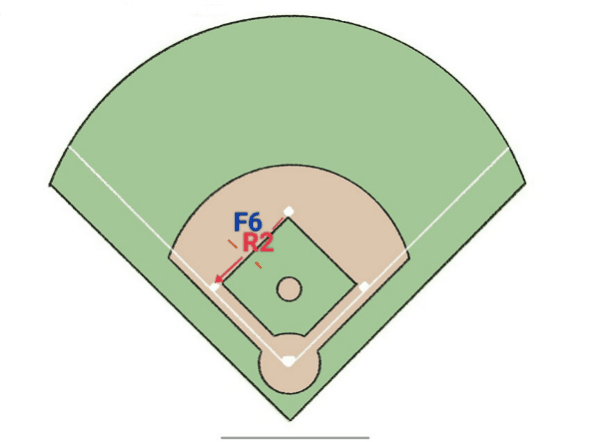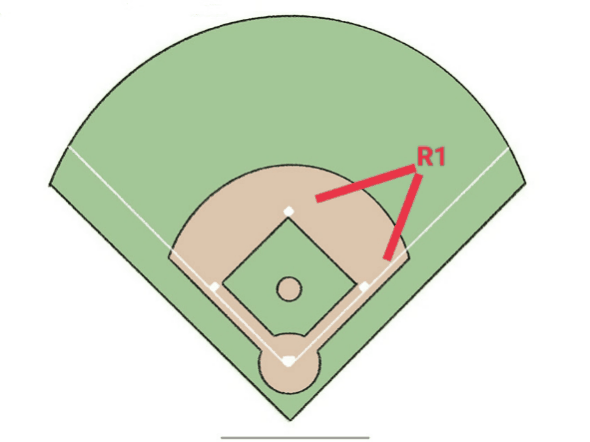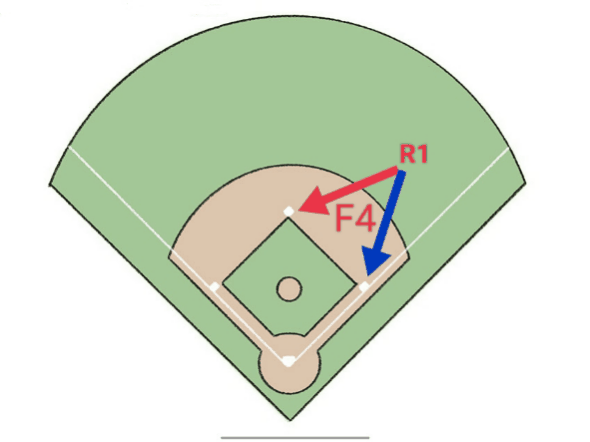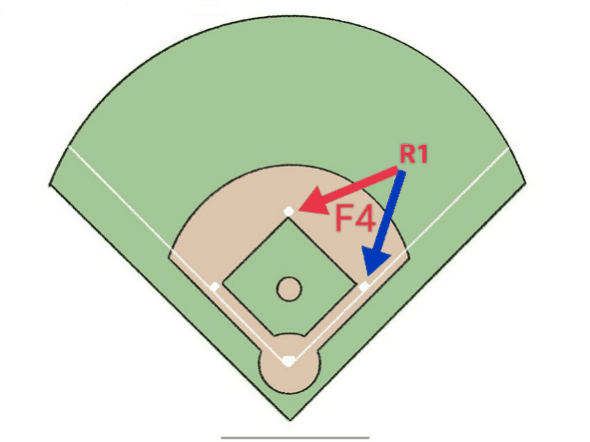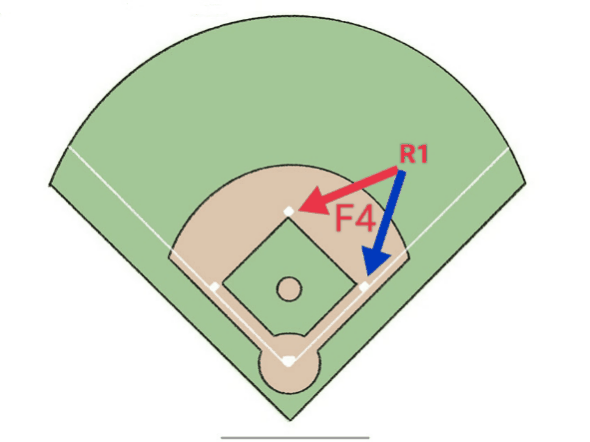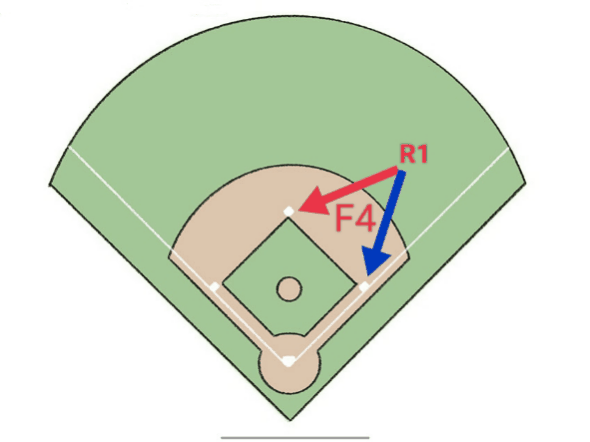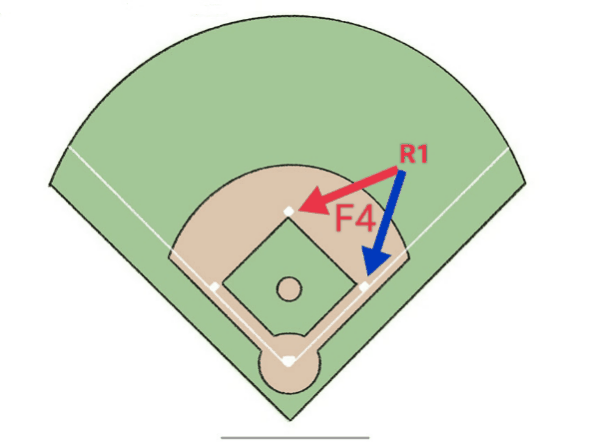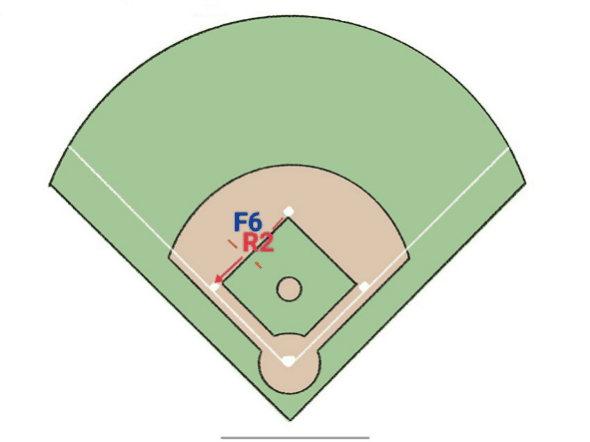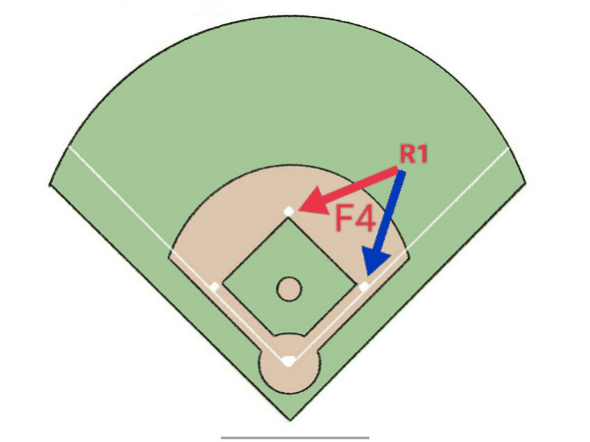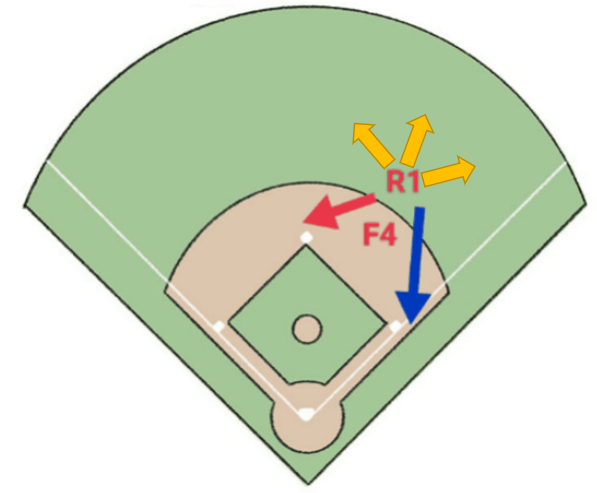- May 17, 2023
- 28
- 3
Hello,
I'd want to know more about the basepath.
I have many questions about it.
First the tag attempt
This is the definition:
"A runner's base path is established when the tag attempt occurs and is a straight line from the runner to the base he is attempting to reach safely."
But when does a tag attempt begin?
1. A fielder, with the ball, moves towards a runner, is this considered a tag attempt though he is still far from the runner?
2. Or must the fielder get close enough to the runner?
Second
Now when is a tag attempt considered finished?
If a runner avoid a tag attempt legally is the tag attempt considered finished?
I mean a fielder tries to tag the runner, fielder failed to tag him but he won’t give up tagging him and try again. Is this a new tag attempt?
I mean when can a runner create a new basepath? When can he change directions?
Third
If a runner is between the base, for example, between 1B and 2b, on the same tag attempt could he go forward and backward between the bases?
The important thing is not to go out three feet to the right or left?
I mean is avoiding a tag attempt backward on the basepath, when a runner is between the bases, legale?
This is a gif (First gif) to explain my question.
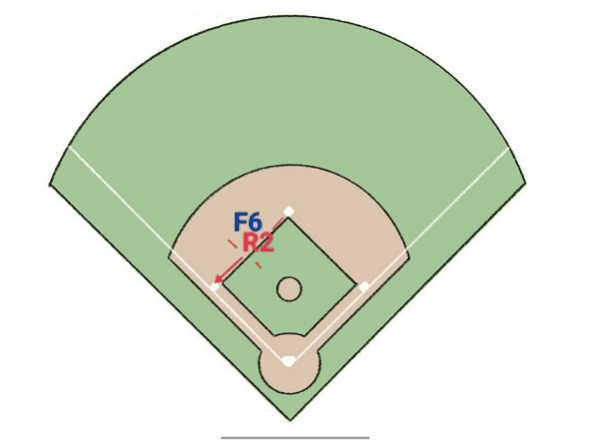
Fourth
How define the basepath in a skunk in outfield or in a broken mirror play?
The basepath is defined when a tag attempt begin so a fielder moves towards the runner, though he is still far from the runner, right?
But the basepath is dynamic?
As the runner runs towards, for example, 2B the basepath changes with him so can he not get back to his precedent spot in right field?
As he moves towards second, the baseline moves down with him, so once he got near second base, his baseline became the “standard” baseline everyone knows about, with 3 feet on either side.
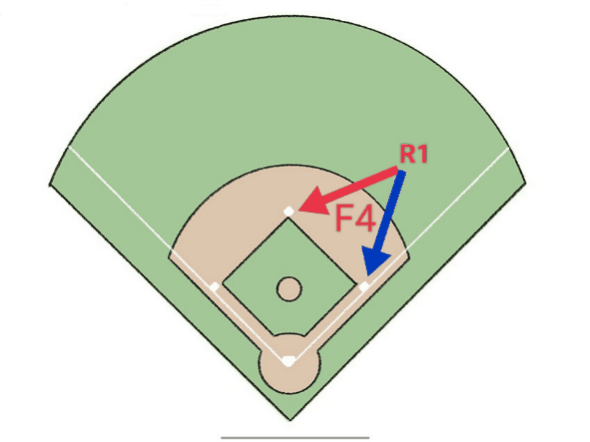
Like in this video
minute 3.10
Or a basepath is a static concept? I mean the runner can get back to his precedent spot where he was when the tag attempt begin?
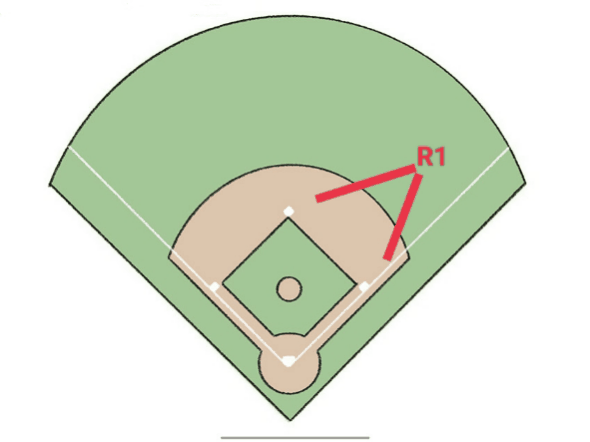
Once the runner goes toward 2B the runner can not get back to his precedent spot or can go in a direct line between the 1B and 2B and can not zygzagging.
He can goes directly only towards 1B or 2B.
But what if a runner goes toward 2B, starting from right field, with a fielder trying a tag, changes his mind and goes toward 1B, in this case does he violate the 3 feet rule?
The red arrow is the runner's direction. Blue is where the runner come.
Because in a standard baseline between the bases, during the same tag attempt, you can go backward and forward, you must only not deviate 3 feet to the right or left. Instead in a skunk in outfield situation a runner can go only towards a base? Or can he change the direction even during the same tag attempt?
Thanks you so much.
I'd want to know more about the basepath.
I have many questions about it.
First the tag attempt
This is the definition:
"A runner's base path is established when the tag attempt occurs and is a straight line from the runner to the base he is attempting to reach safely."
But when does a tag attempt begin?
1. A fielder, with the ball, moves towards a runner, is this considered a tag attempt though he is still far from the runner?
2. Or must the fielder get close enough to the runner?
Second
Now when is a tag attempt considered finished?
If a runner avoid a tag attempt legally is the tag attempt considered finished?
I mean a fielder tries to tag the runner, fielder failed to tag him but he won’t give up tagging him and try again. Is this a new tag attempt?
I mean when can a runner create a new basepath? When can he change directions?
Third
If a runner is between the base, for example, between 1B and 2b, on the same tag attempt could he go forward and backward between the bases?
The important thing is not to go out three feet to the right or left?
I mean is avoiding a tag attempt backward on the basepath, when a runner is between the bases, legale?
This is a gif (First gif) to explain my question.

Fourth
How define the basepath in a skunk in outfield or in a broken mirror play?
The basepath is defined when a tag attempt begin so a fielder moves towards the runner, though he is still far from the runner, right?
But the basepath is dynamic?
As the runner runs towards, for example, 2B the basepath changes with him so can he not get back to his precedent spot in right field?
As he moves towards second, the baseline moves down with him, so once he got near second base, his baseline became the “standard” baseline everyone knows about, with 3 feet on either side.

Like in this video
minute 3.10
Or a basepath is a static concept? I mean the runner can get back to his precedent spot where he was when the tag attempt begin?

Once the runner goes toward 2B the runner can not get back to his precedent spot or can go in a direct line between the 1B and 2B and can not zygzagging.
He can goes directly only towards 1B or 2B.
But what if a runner goes toward 2B, starting from right field, with a fielder trying a tag, changes his mind and goes toward 1B, in this case does he violate the 3 feet rule?
The red arrow is the runner's direction. Blue is where the runner come.
Because in a standard baseline between the bases, during the same tag attempt, you can go backward and forward, you must only not deviate 3 feet to the right or left. Instead in a skunk in outfield situation a runner can go only towards a base? Or can he change the direction even during the same tag attempt?
Thanks you so much.
Attachments
Last edited:


